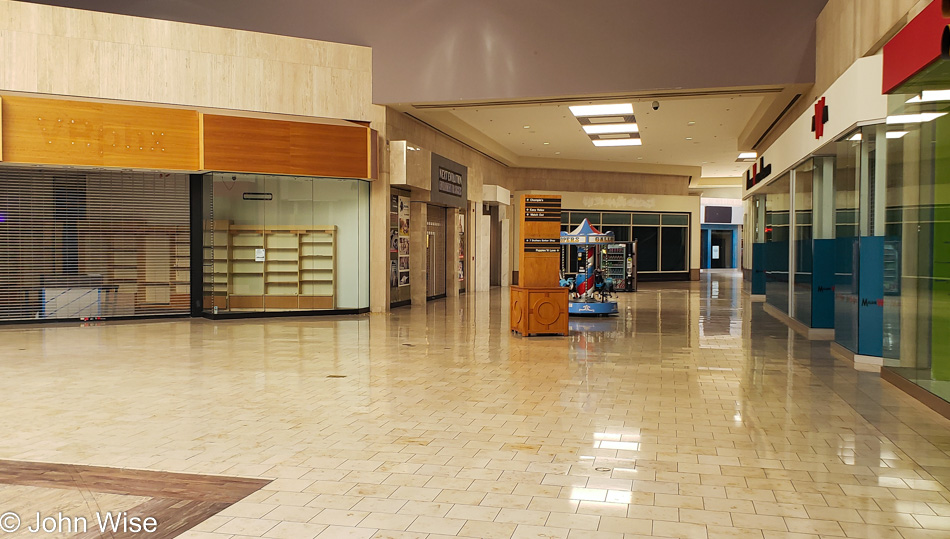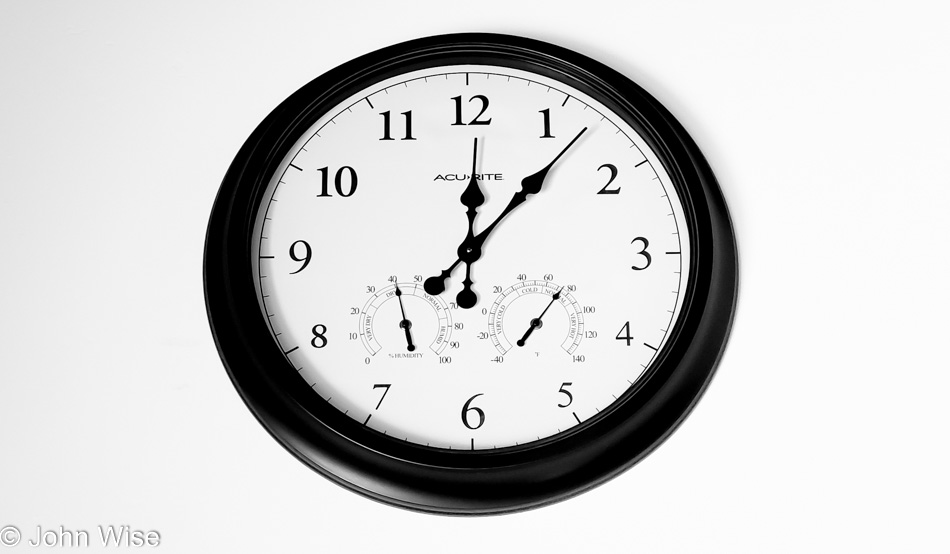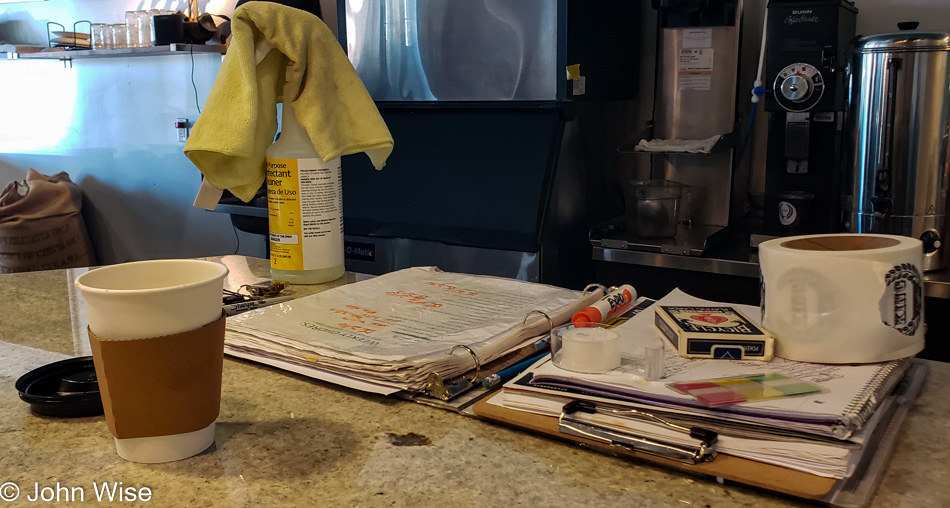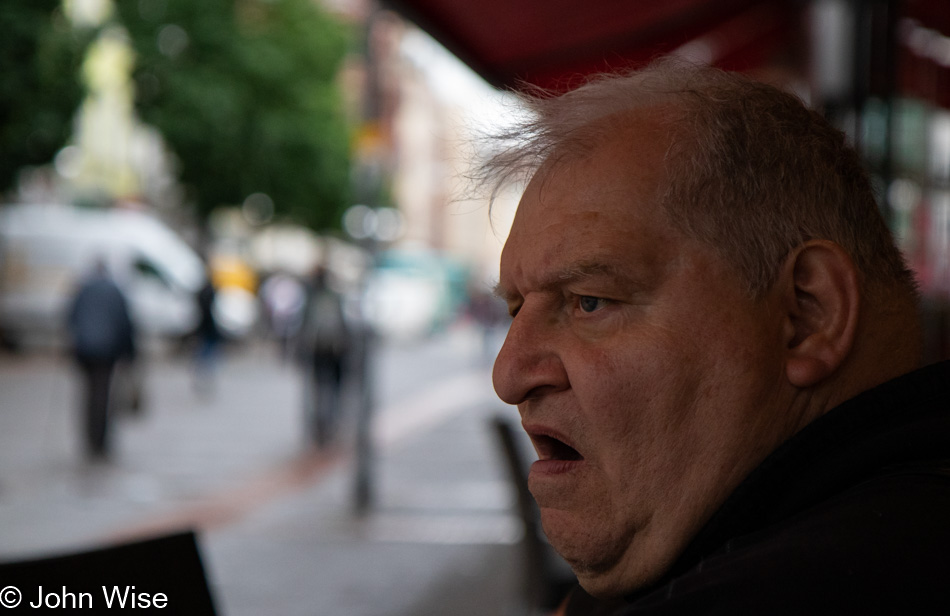
The mundanity of going to a mall cannot be exaggerated as I feel absurd that I’d even step in one. I did not visit out of nostalgic sensibilities. Instead, I ventured inside out of morbid curiosity. Two years ago, during the heat of our summer days, I would walk a few miles inside this particular mall before its shops opened, and even back then, it was ghost-town-like as only about 35 shops were still in business. Today, as I pulled up, I saw that Macy’s and Dillard’s were soon to be closing, while J.C. Penny offered no hint about their future.

Once inside, I was shocked at just how empty things were. We are in a pandemic; what did I expect? I honestly don’t know, but I guess I thought that, somehow, people would be holding on and getting by. Nope, they bailed out. Now, the mall is destined for the wrecking ball with the owner promising some new mixed-use residential higher-end shopping hybrid thing. Wow, great idea, more $3,500-a-month, 750 sqft. 1-bedroom apartments because in America’s future, everyone will be making $120,000 a year and can easily afford those kinds of rents. Do you sense my incredulity, my tiny bit of pessimism, a little bit of uncertainty? I suppose what I should do is simply admit that I do NOT understand our current economic model of ever-inflating asset prices that drive the illusion of wealth, which in turn diminishes a larger percentage of people’s opportunity to have some security of being sheltered.
So, who else sees the writing on the wall that shopping locally is becoming a thing of the past? Sure, today, people shop locally due to economic limitations, but as more people move to online shopping, the prices of sending goods to our homes or having us pick up packages at distribution points will become even more affordable and commonplace. Restaurants? Seriously, how much longer can the low-brow shit that passes for restaurant fare be compatible with our palates? Sometimes, I feel that half the restaurants in the Phoenix area have stuffed jalapenos, onion rings, chicken wings, avocado toast, and burgers as a kind of children’s menu for adults. But what does this have to do with a dying mall?
What replaces this dead zone will just be another set of dead ideas after a short while because those financing this high-priced “luxury” have no real ideas of what people want. So, instead of dreaming up quality-of-life conditions for the masses, they take aim at what they think the people want and run with that. Meanwhile, the masses are pushed further and further to the fringe, where they subsist on fast food, paying over-priced rent to corporations who buy up homes in the tens of thousands and stay well away from the places where the well-to-do live. Although the poor are invited in for the menial tasks and service industry low-pay jobs, the wealthy are allowed to luxuriate, oblivious to the conditions of where we are pushing those who are less fortunate. Back in the day, these malls acted as equalizers, offering communities a kind of luxury that all too often these days become eyesores reminding people of the good old days and how their environment is turning to blight.




